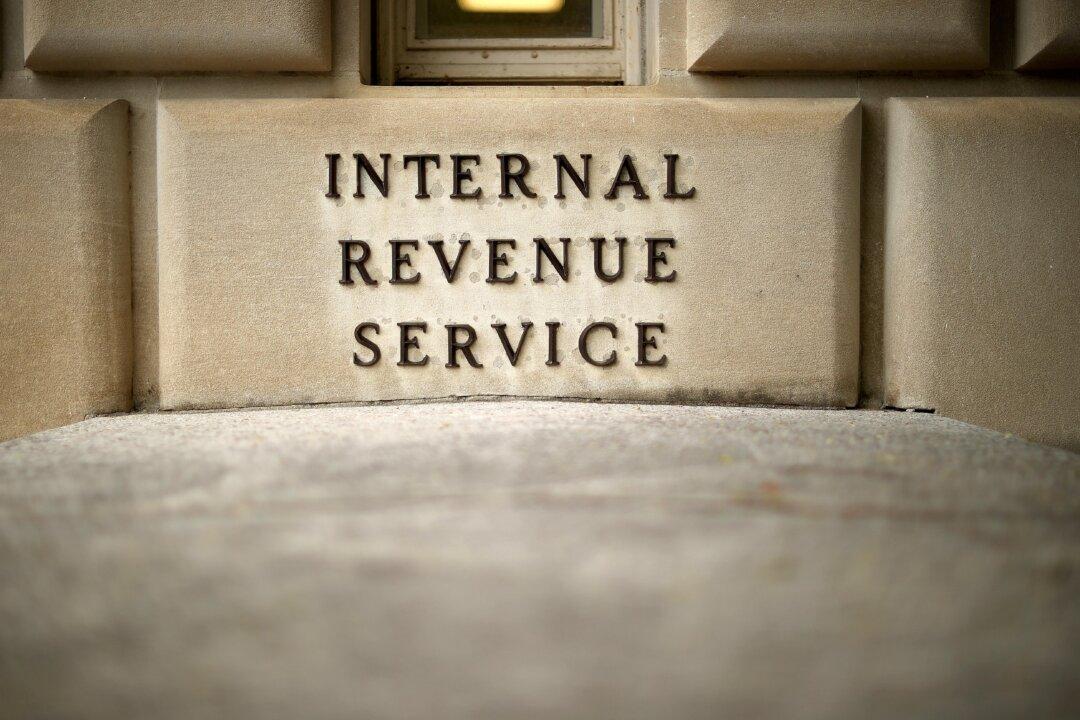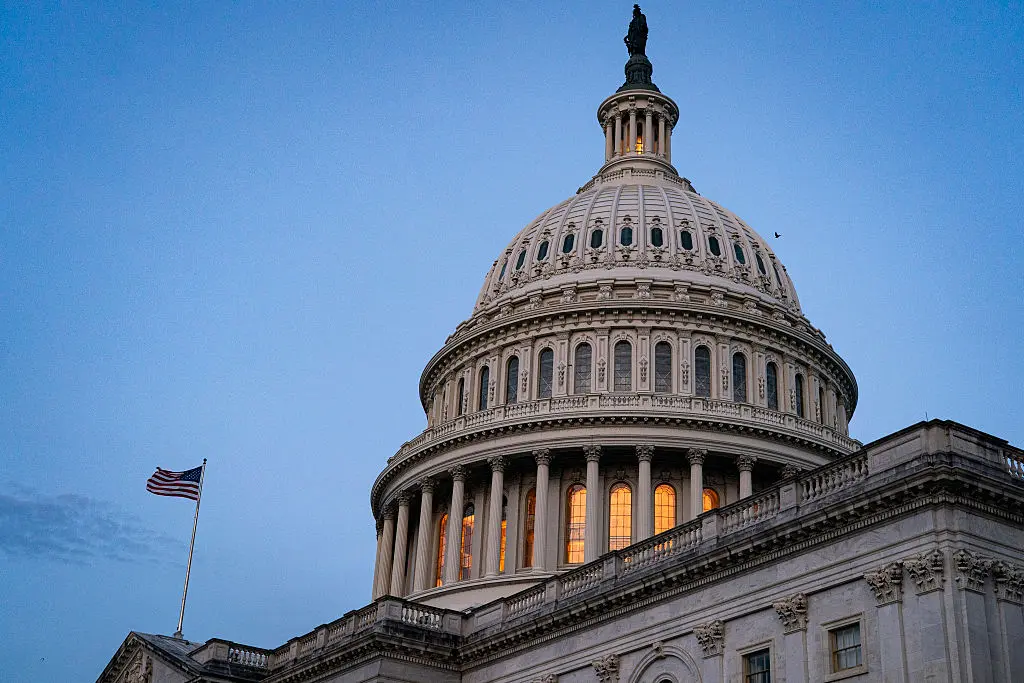The IRS is reminding retirees who turned 72 last year that, in most cases, they face an April 1 deadline to take their first payment from their workplace retirement plans or face penalties.
Americans can’t keep their retirement funds in their accounts indefinitely. When they turn 72, they generally have to start withdrawals from their plans, such as from traditional individual retirement accounts (IRA), 401(k)s, and other workplace retirement plans.






